Where we are at:
Within Mozambique, we are in various stages because we have multiple villages throughout the country that we are working with. Primarily they are in stage 5/6 but because we are already established there, we are also generally in a constant state of phase 2. The capital, Maputo, is currently in stage 3.
Stages of Implementation
Stage 1
Initial assessment of area.
Stage 2
Evaluation / Research: cultural, government.
Stage 3
Organization Structure: Hiring staff, securing location, assessing the needs of the people and creating the program.
Stage 4
Meet with community leaders and community, set organization structure of community.
Stage 5
Baseline assessment, implementing program, and on-going data collection.
Stage 6
Exit community after 3 years, upon completion of program.
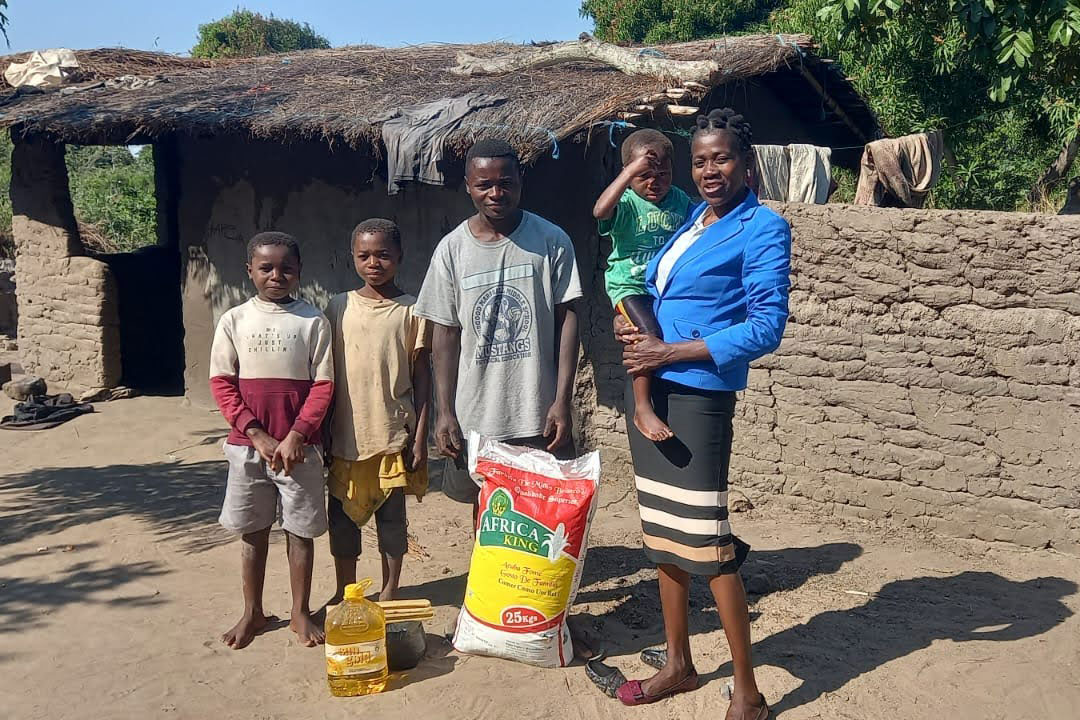
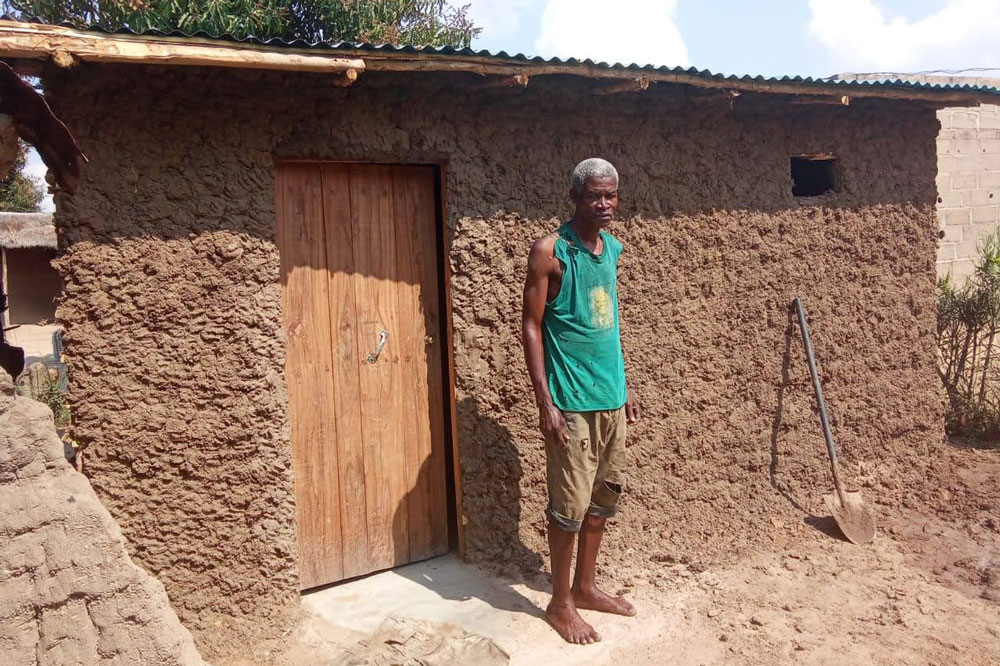
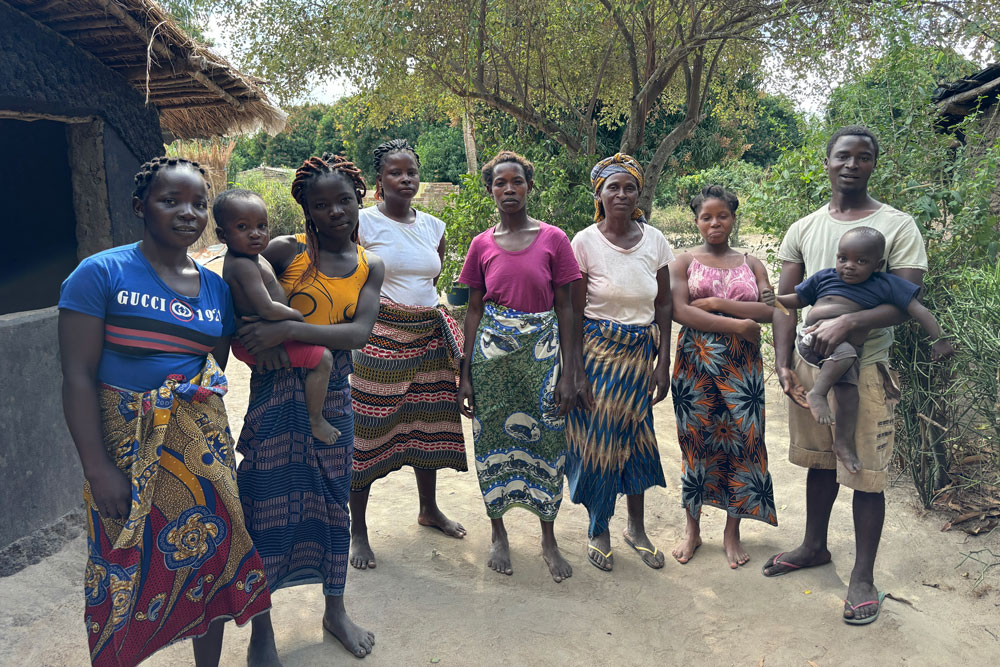

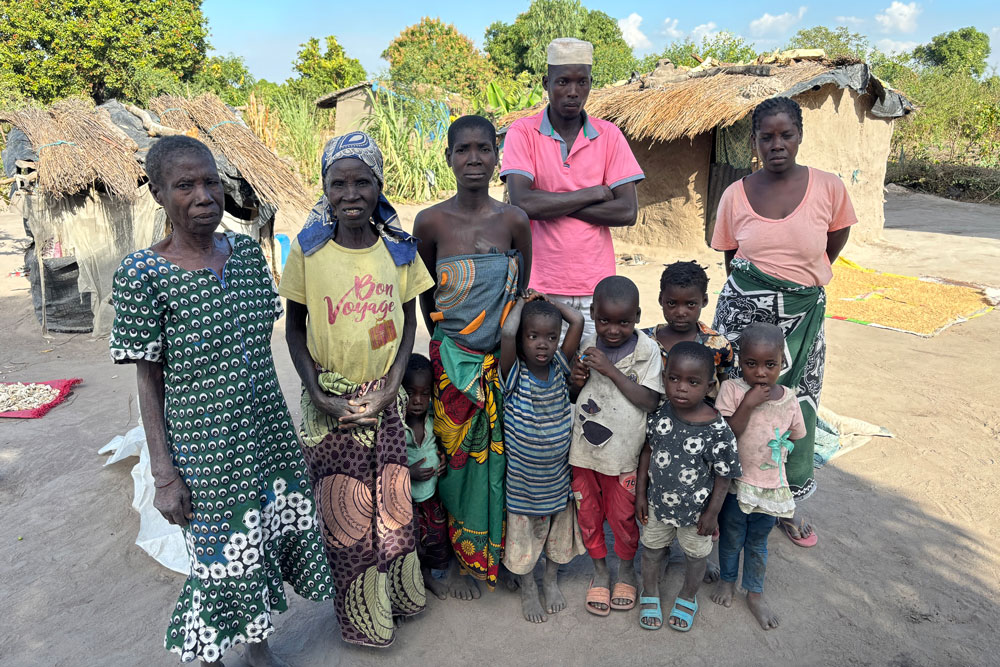
Why Mozambique?
Many of the solutions in Africa were addressing th secondary problems, not the primary problems.
The villages that have participated in our comprehensive community-led program have seen:
%
Decrease of maternal deaths.
%
Decrease of infant deaths.
%
Of families drink treated water, increasing from 12%.
%
Of families plant a family garden, increasing from 7%.


It is clear that as Care for Life continues to prove successful, more and more villages will take part in the FPP program, instilling hope for generations to come.
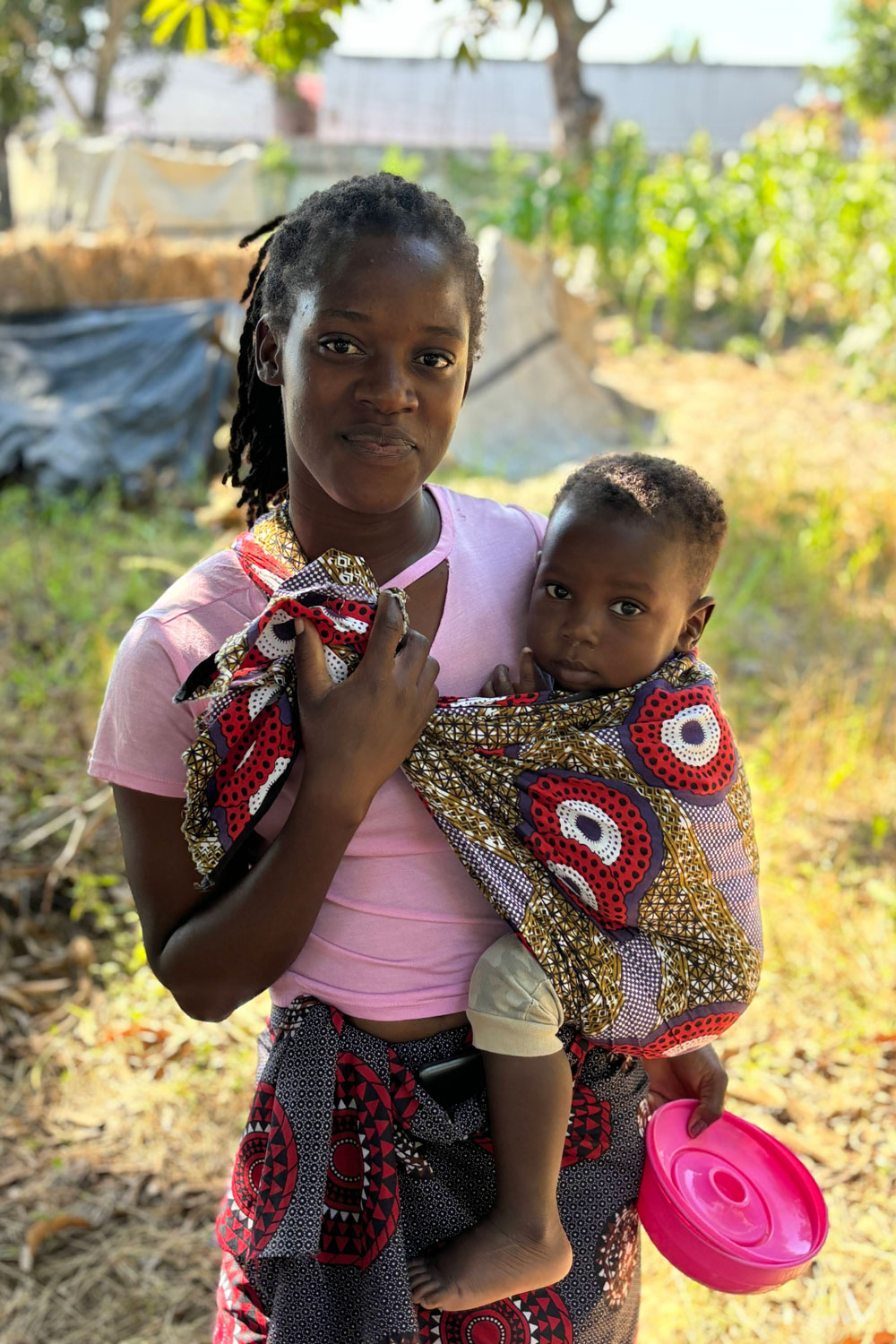
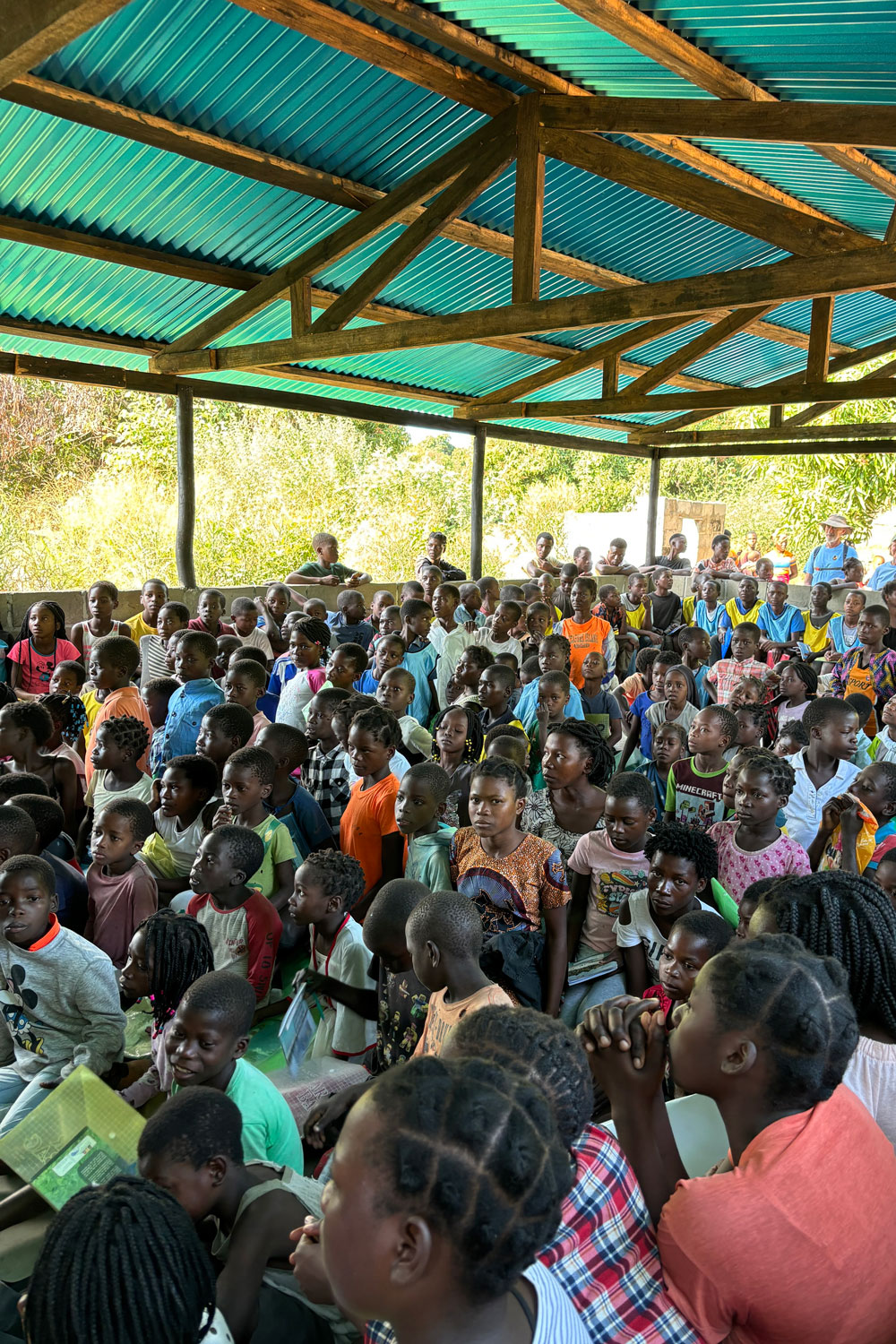
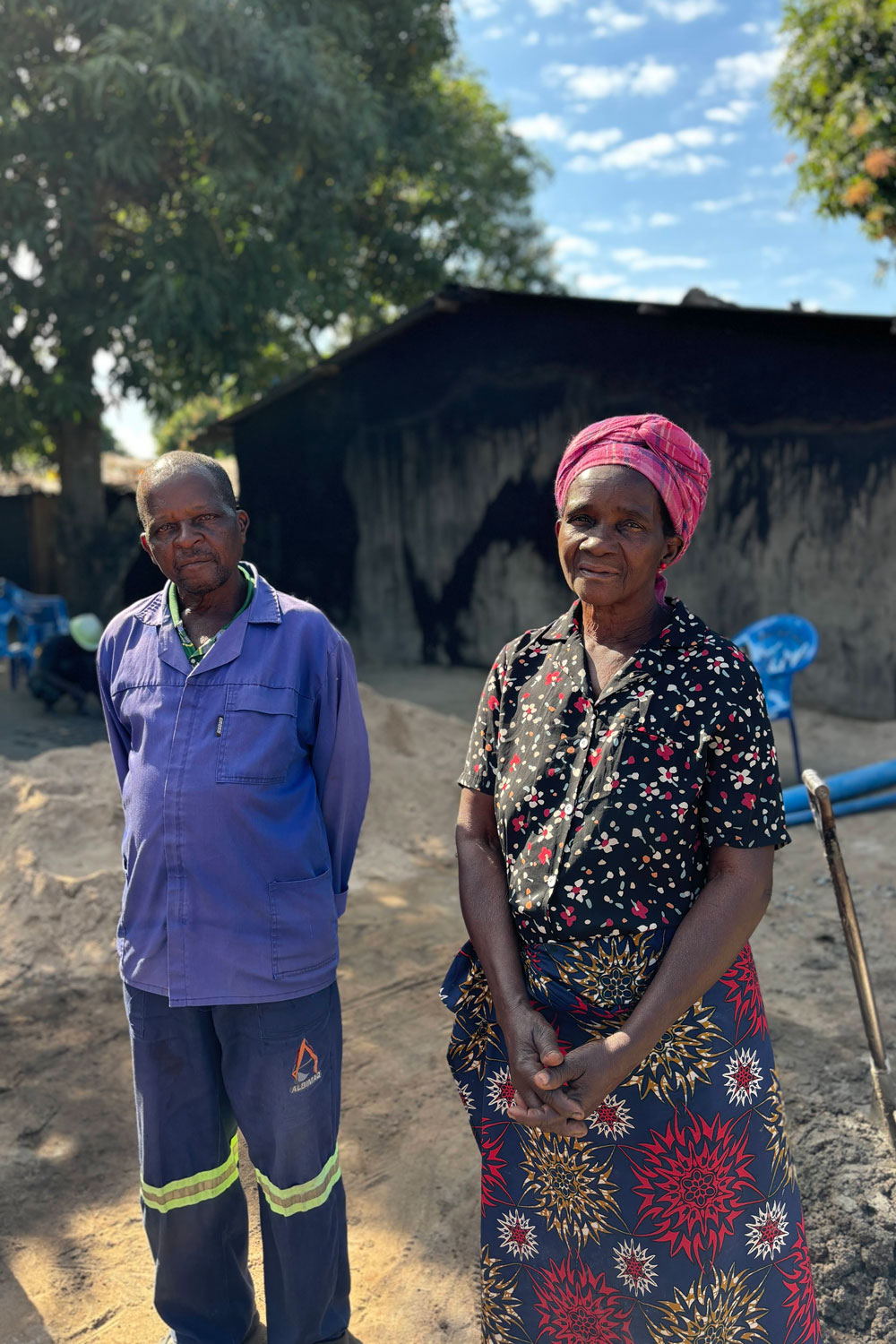
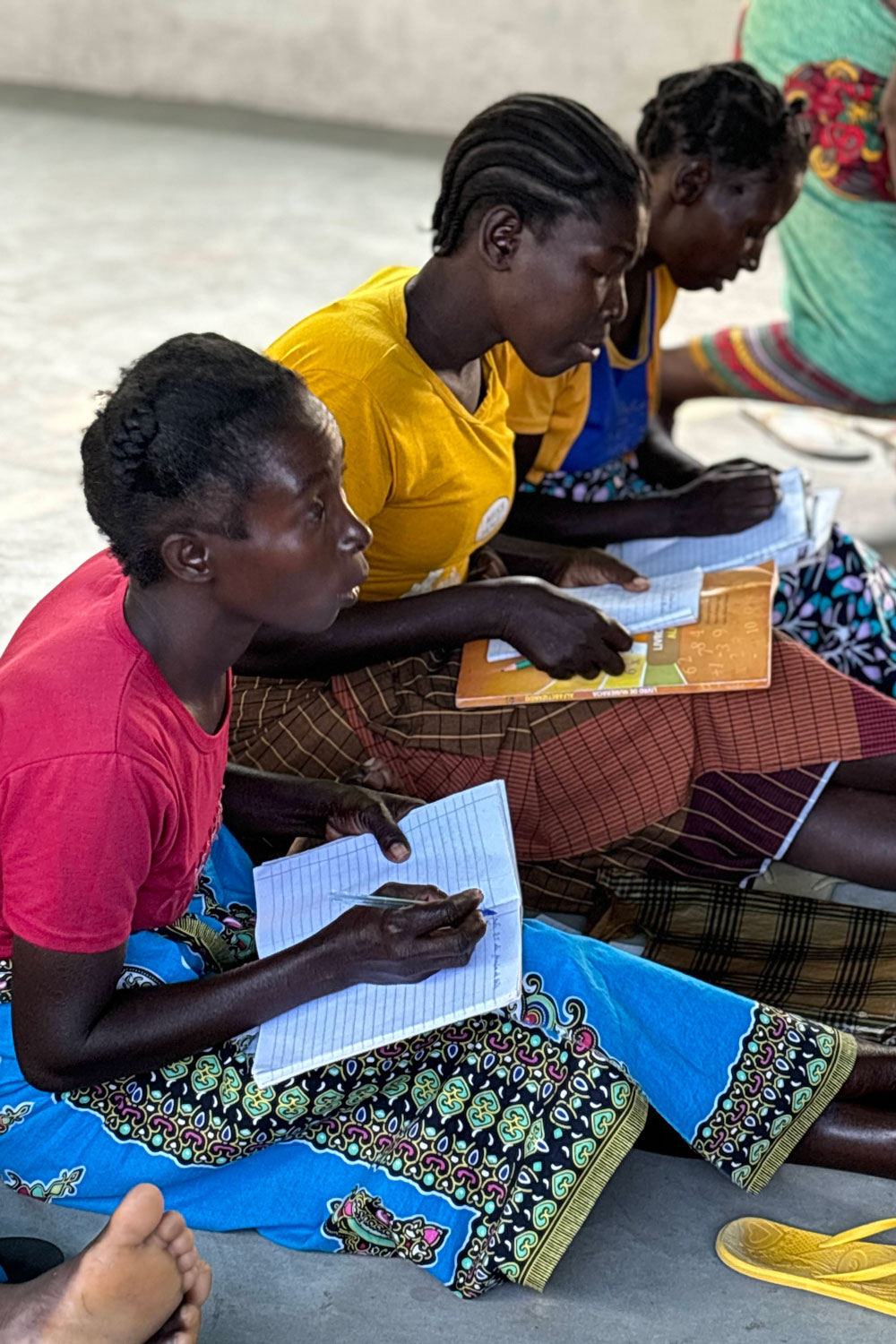
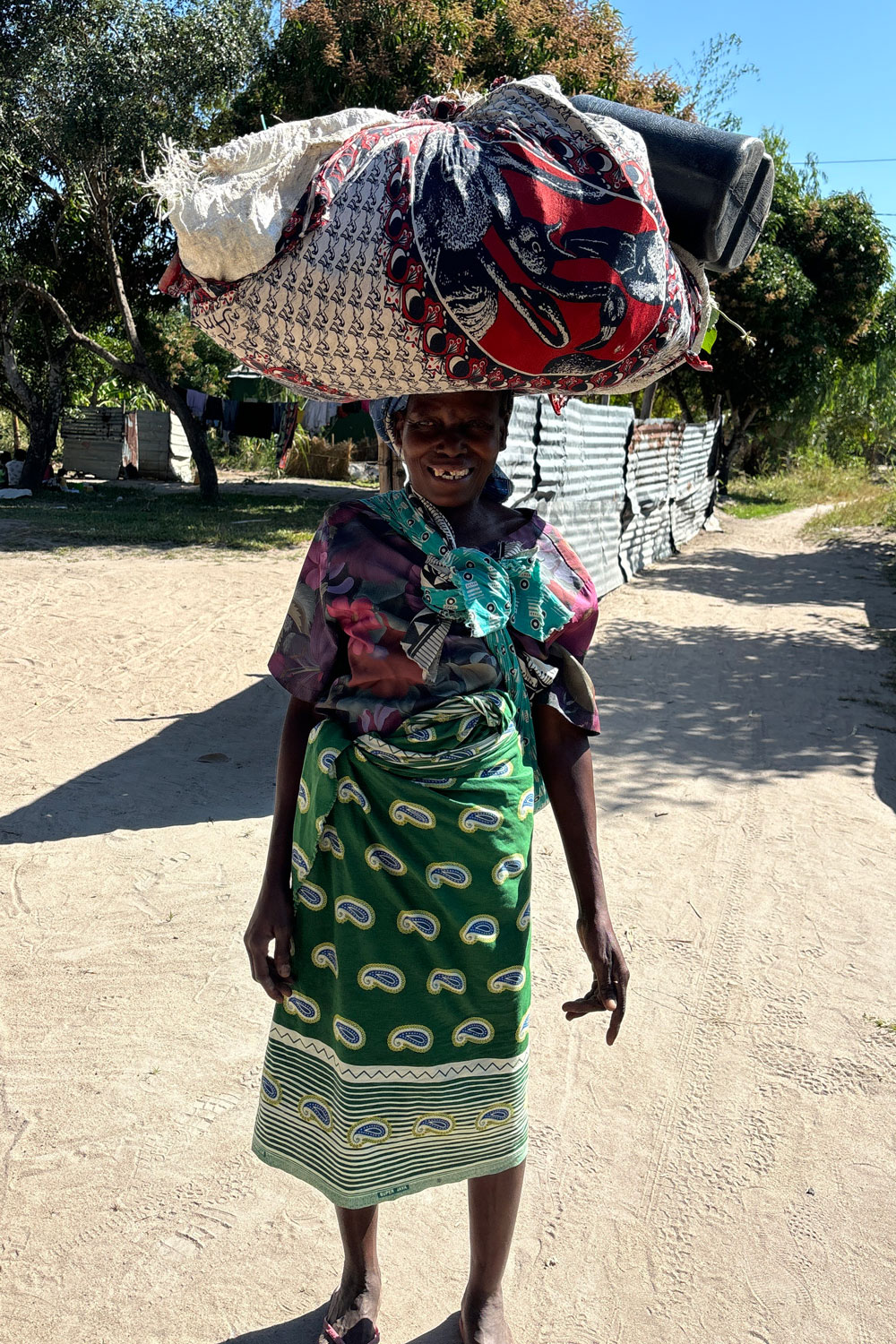

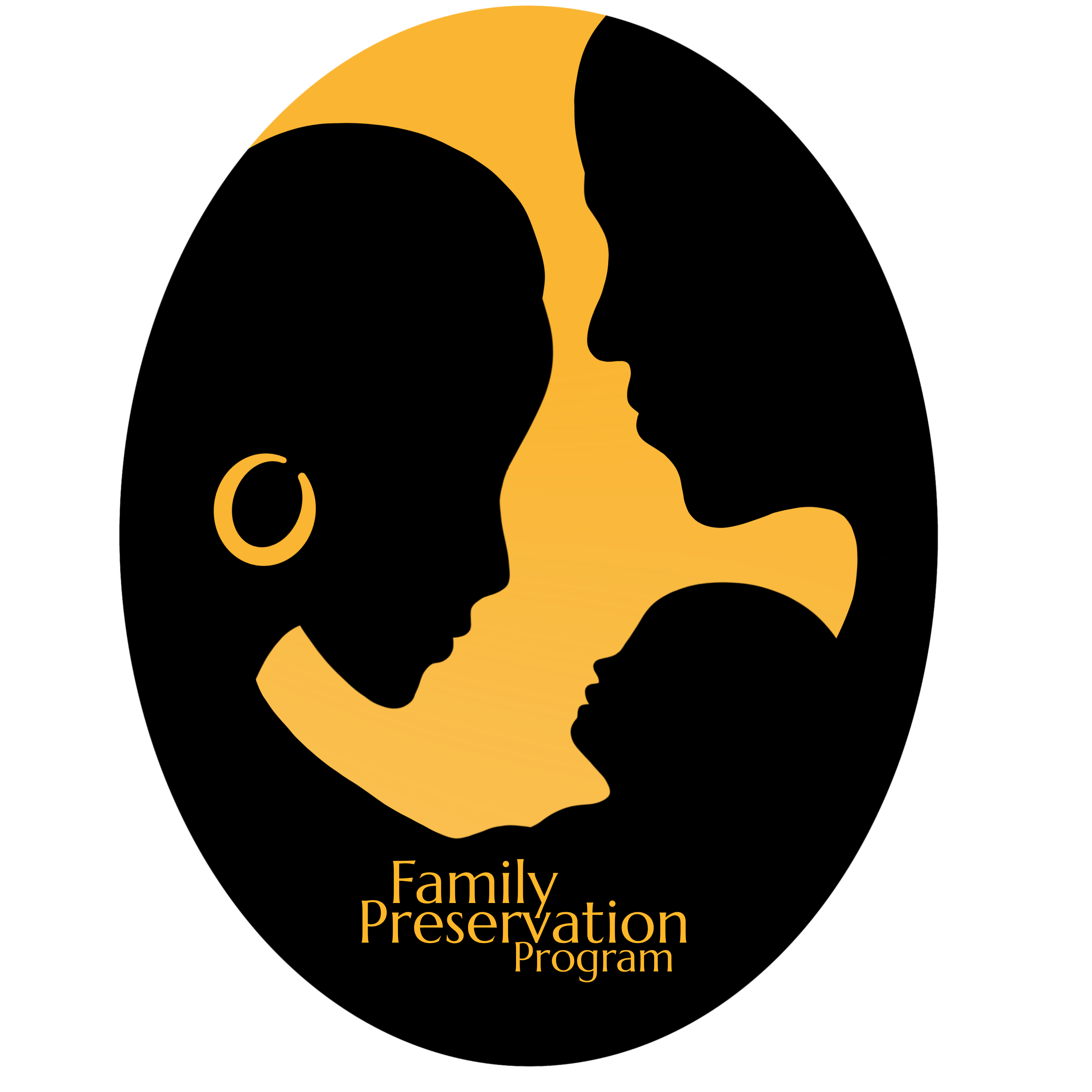
The Care for Life Founders visit Mozambique
In 2000, Cindy Packard, a midwife, and her husband, Blair, traveled to Mozambique after learning about the devastating flooding and massive destruction in a country already drowning in abject poverty. After extensive research, they determined that many of the solutions in Africa were addressing the secondary problems, not the primary problems. These significant findings were the beginning of Care for Life.
